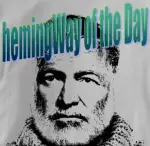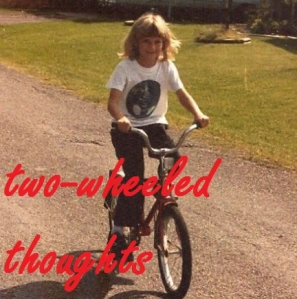Thanks to Natalie Haynes’s brilliant Pandora’s Jar (review forthcoming), I watched two movies over winter break that make reference to the Greek myths that I love so much.
 Unsurprisingly, this one from 1981 that relies heavily on special effects plays more comically than originally intended; those special effects are almost unbelievably bad now… but the themes of the movie hold up well, and the hubris that forms such an essential turning point in the story still rings true, and fits with the Greek myths it arises from (where hubris was such a frequent theme). Clash of the Titans mashes up its myths: Medusa’s head will be weaponized against the Kraken, so Scandinavian meets Greek, but who cares: it’s actually quite fun, and the female love interest is less useless than she might have been, for her time. (Natalie Haynes writes, “It is hard to escape the conclusion that the Clash of the Titans kraken is so named purely for the delight of audiences in hearing Laurence Olivier – who plays Zeus – say, ‘Release the kraken.’ For the record, I consider this a perfectly legitimate reason to ignore any amount of mythological chronology and geography.”)
Unsurprisingly, this one from 1981 that relies heavily on special effects plays more comically than originally intended; those special effects are almost unbelievably bad now… but the themes of the movie hold up well, and the hubris that forms such an essential turning point in the story still rings true, and fits with the Greek myths it arises from (where hubris was such a frequent theme). Clash of the Titans mashes up its myths: Medusa’s head will be weaponized against the Kraken, so Scandinavian meets Greek, but who cares: it’s actually quite fun, and the female love interest is less useless than she might have been, for her time. (Natalie Haynes writes, “It is hard to escape the conclusion that the Clash of the Titans kraken is so named purely for the delight of audiences in hearing Laurence Olivier – who plays Zeus – say, ‘Release the kraken.’ For the record, I consider this a perfectly legitimate reason to ignore any amount of mythological chronology and geography.”)
Fairly wacky, and hasn’t aged extraordinarily well (special effects!!), but still diverting, and I’m pleased to know where Haynes got her start into the myths. She’s doing them better justice herself, though.
 Wonder Woman of 2017, on the other hand, was a fine romp, and I had a much easier time getting into the groove. (One wonders what this will look like in another 36 years.) There is a large dose of romance at its heart, even as the movie dances around that concept, and the astonishing good looks of leads Gal Gadot and Chris Pine make a difference. But the girl-power Amazonian island is both an appealing concept and nicely portrayed visually here, too. From their man-free paradise, Gadot’s Diana thrusts herself into the “real world” of World War I, which offers only horrors by contrast. The movie does a decent job of portraying both the light and the dark, and combines humor (Diana being “not from around here”) with pathos (war) engagingly. There’s no question this one relies on visual appeal, but that can be lovely when done well. And if it’s a bit of a simplification (of both myth and complicated gender dynamics), it’s still an empowering adventure tale. I do recommend.
Wonder Woman of 2017, on the other hand, was a fine romp, and I had a much easier time getting into the groove. (One wonders what this will look like in another 36 years.) There is a large dose of romance at its heart, even as the movie dances around that concept, and the astonishing good looks of leads Gal Gadot and Chris Pine make a difference. But the girl-power Amazonian island is both an appealing concept and nicely portrayed visually here, too. From their man-free paradise, Gadot’s Diana thrusts herself into the “real world” of World War I, which offers only horrors by contrast. The movie does a decent job of portraying both the light and the dark, and combines humor (Diana being “not from around here”) with pathos (war) engagingly. There’s no question this one relies on visual appeal, but that can be lovely when done well. And if it’s a bit of a simplification (of both myth and complicated gender dynamics), it’s still an empowering adventure tale. I do recommend.
Filed under: miscellaneous | Tagged: movies, mythology | Leave a comment »

















